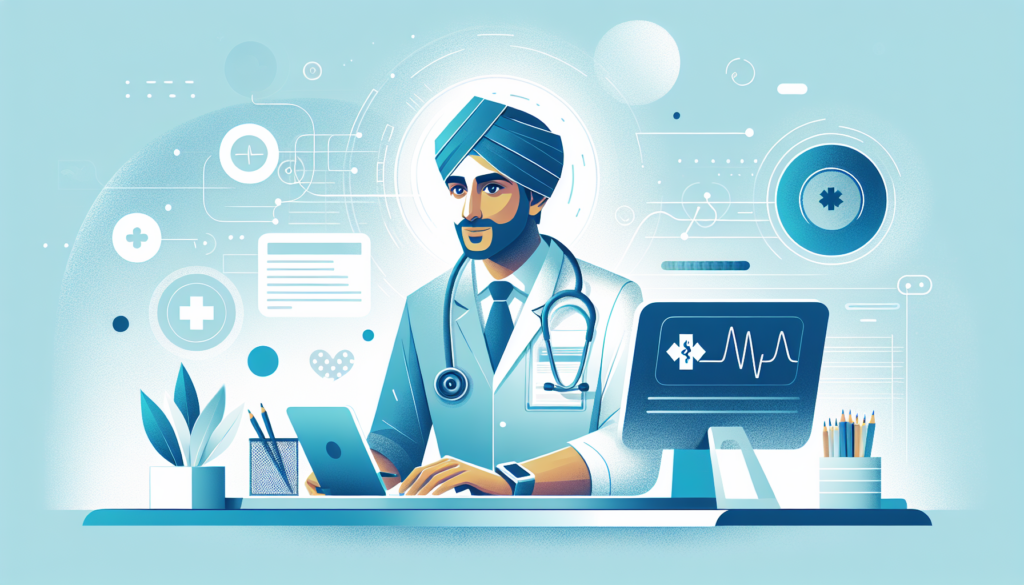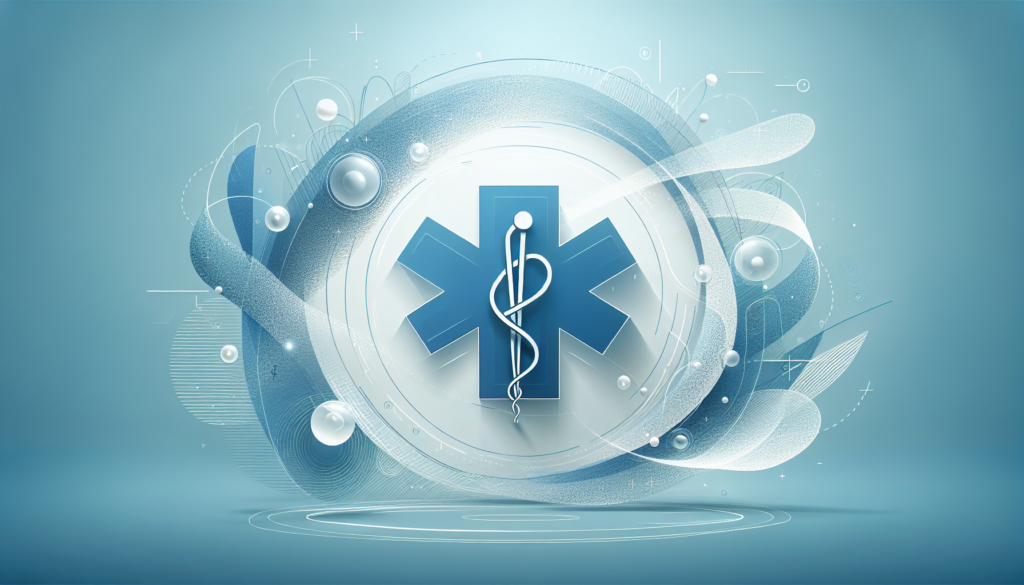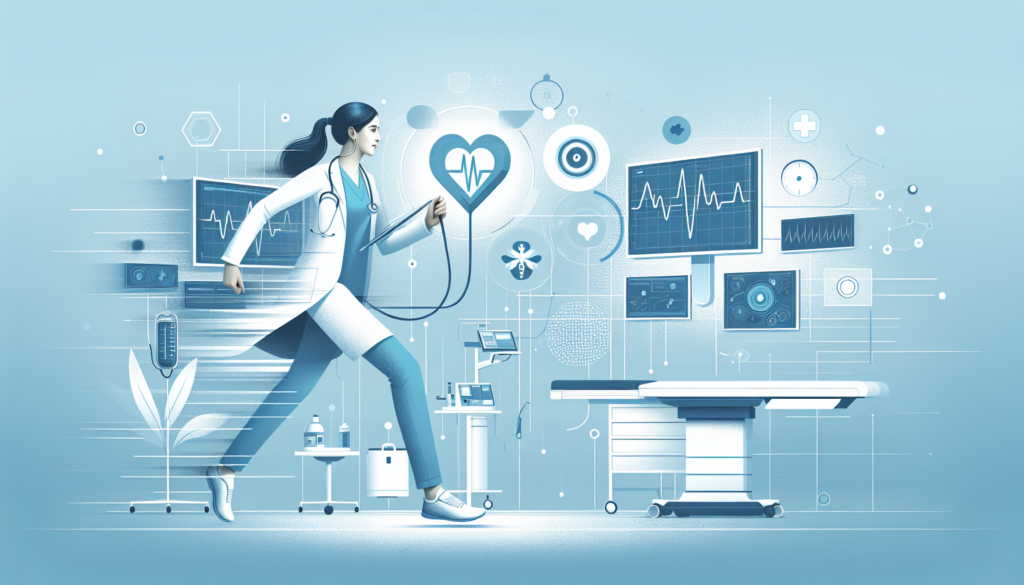Understanding the Impact of Dictation Medical Errors on Patient Care
When we consider medical documentation, accuracy is paramount, as it is the cornerstone upon which quality patient care rests. Dictation has long been a method employed by healthcare providers to streamline the process of creating medical records. However, the risk of errors inherent in traditional dictation can severely impact the quality of care that patients receive. Misheard words, misinterpreted phrases, and inaccurate transcriptions lead to a flawed medical record, which can result in mistaken diagnoses, inappropriate treatments, and even legal repercussions.
Errors introduced during dictation often fall into several categories, each of which can detrimentally affect patient outcomes. These categories include:
- Omission: Vital information can be left out accidentally.
- Addition: Extraneous or incorrect information may be included.
- Substitution: One word or phrase may be mistakenly used in place of another.
- Comprehension: Misunderstandings due to accents, diction, or background noise.
Such errors contribute to a cascade effect, where one mistake can lead to several others down the line, amplifying the issue from a minor inconvenience to a potential patient safety hazard.
The impact on patient care from dictation errors can have far-reaching consequences. For instance, inaccurate documentation directly affects the continuum of care, as subsequent healthcare providers rely on past records to inform current and future treatment plans. Inaccuracies can lead to repeated tests, delayed treatment, or even harmful interventions that are based on erroneous information. Moreover, dictation errors can undermine the trust between patients and their healthcare providers, essentially eroding the foundation of the patient-physician relationship.
In the landscape of modern medicine, the need for technological solutions to avoid dictation errors is undeniable. A platform like Scribemd.ai serves as an AI-powered digital scribe, designed to capture the nuances and specifics of medical speech with a high degree of accuracy. By reducing misinterpretations and transcription errors, doctors can safeguard their patients’ health records, enhance the delivery of care, and ensure that they build and maintain a trustful relationship with their patients, anchored in clear, precise, and reliable medical information.
How AI-Powered Digital Scribes Can Minimize Dictation Errors in Healthcare
In the high-stakes environment of healthcare, the accuracy of medical documentation is paramount. Traditional dictation methods, while useful, are prone to errors that can have significant repercussions on patient care, billing, and compliance. AI-powered digital scribes are emerging as a transformative solution, harnessing the precision of artificial intelligence to reduce the incidence of dictation errors. By doing so, they uphold the integrity of medical records and enhance the overall efficiency of healthcare practices.
AI-driven digital scribes listen to the nuances of medical conversations with an astute ear that goes beyond the capabilities of human scribes or traditional dictation software. This advanced technology incorporates a complex understanding of medical terminology and contextual analysis to ensure that what is captured in the patient’s medical notes is both accurate and relevant. This meticulous approach to documentation significantly decreases the likelihood of transcription errors such as misheard words or incorrect medical terms, which can be detrimental to patient outcomes and healthcare provider reputability.
- Nuanced understanding of medical terminology
- Contextual analysis for precise transcription
- Reduction in transcription errors
The implementation of AI-powered digital scribes also brings a new level of sophistication to error correction. Unlike human transcription, which often requires time-consuming manual reviews, digital scribes continuously learn and adapt, improving their accuracy over time. This is achieved through machine learning algorithms which not only identify and rectify mistakes but also prevent them from recurring. As a result, healthcare providers can trust that the recorded information in their Electronic Health Record (EHR) systems is more reliable, without the burden of extensive cross-checking or correction after the fact.
- Continuous learning and adaptation
- Machine learning algorithms for error rectification
- Enhanced reliability in EHR systems
Ultimately, AI-powered digital scribes present a significant leap forward in minimizing dictation errors, leading to a stronger safeguard for patient health information. By providing a meticulous and self-improving method of documentation, doctors and medical professionals are afforded the peace of mind to focus their attention where it matters most – on their patients. This integration of artificial intelligence into healthcare settings is a testament to the immense potential of technology to improve the quality of care and operational workflow within the medical industry.
- Stronger safeguard for patient health information
- Focus redirected to patient care
- Improvement in the quality of care and operations
Comparing Traditional Dictation Practices to Modern Digital Solutions
In examining the evolution of clinical documentation, it’s essential to draw a comparison between traditional dictation practices and the modern digital solutions that have reshaped the medical field. Historically, medical dictation has relied on physicians recording their verbal notes onto analog devices, such as tape recorders, which were later transcribed by medical secretaries or transcription services. This method, while revolutionary in its time, was fraught with downsides such as long turnaround times for transcription and the potential for human error, both of which could lead to delays in patient care and documentation inaccuracies. In stark contrast, modern digital scribing solutions integrate advanced AI and language learning models to offer instant, accurate transcription of medical consultations without the need for intensive human intervention.
The shift towards digital documentation tools demonstrates a significant leap in both efficiency and accuracy. With features that are specially designed to understand medical terminology and context, AI-powered digital scribes such as Scribemd.ai transcend the limitations of traditional dictation. Not only do they provide rapid response times, but they also come equipped with the ability to learn and adapt to the unique speech patterns and preferences of individual healthcare providers. This translates to a personalized experience and consistently improving accuracy over time, a major advancement over the generic and error-prone nature of traditional dictation and transcription services.
- Traditional Dictation:
- Time-consuming transcription process
- Dependent on human transcriptionists
- Higher potential for errors
- Limited by business hours and transcriptionist availability
- Modern Digital Scribe:
- Real-time transcription and documentation
- Reduction in human error through AI
- Available 24/7 without the need for human intervention
- Capability to learn and adapt to specific user needs
Another crucial aspect to consider is the impact on the administrative burden facing healthcare providers. With conventional practices, the lag between dictation and transcription imposes an unnecessary administrative load on practitioners, distancing them from their primary duty – patient care. Modern digital scribe technologies alleviate this strain, enabling healthcare professionals to engage more directly with their patients while documentation is seamlessly taken care of in the background. This improved workflow not only enhances patient satisfaction by providing more attentive care, but also increases the accuracy and immediacy of the medical records, ensuring they are updated and available precisely when needed.
In summary, while traditional dictation methods have served the medical community for decades, the introduction of modern digital documentation solutions offers a transformative alternative. Digital scribing technologies outpace their predecessors in speed, convenience, and reliability, providing healthcare professionals with a tool that supports the meticulous nature of medical documentation without sacrificing the human touch essential in patient care. As these advanced systems continue to evolve, they will further cement their position as the cornerstone of effective clinical documentation.
Implementing AI Digital Scribes to Enhance Accuracy in Medical Documentation
The advent of AI-powered digital scribes has ushered in a revolutionary change in the way medical documentation is handled, significantly enhancing the accuracy of medical records. These advanced systems, like Scribemd.ai, are meticulously designed to understand complex medical vernacular, patient interactions, and the nuances of medical consultations. This capability is paramount for ensuring the precision of patient records, which is crucial for effective treatment and legal compliance. By leveraging cutting-edge algorithms that can discern context, AI digital scribes facilitate a refined documentation process that far surpasses the traditional methods.
Accuracy in medical documentation is not solely about recording the correct information; it also revolves around structuring the data in a manner that is easily accessible and comprehensible. AI digital scribes excel in organizing information into coherent and concise notes, thereby preventing common errors such as omissions or duplications that are often associated with manual charting. By automating the process, physicians are alleviated from the time-consuming tasks of note-taking and record maintenance, permitting them to dedicate more time to patient care and less to paperwork.
- Understanding complex medical terminology
- Ensuring precision of patient records
- Improving the structure and accessibility of medical notes
- Addressing common errors in documentation
In real-time healthcare environments where details matter, the implementation of AI digital scribe services stands as a robust solution for fostering a highly accurate documentation system. Notably, these systems are not static; they continue to learn and adapt to new medical terminology, treatment protocols, and healthcare guidelines, thereby ensuring that the medical documents remain reliable and up-to-date over time. This attribute is particularly vital in the fast-evolving landscape of medicine where adaptability and continuous learning directly correlate with the quality of patient care.
The multidimensional benefits of incorporating AI digital scribes into medical practices are also reflected in the mitigation of documentation-related errors, which can carry dire consequences. An overlooked symptom, a misinterpreted test result, or an inaccurately transcribed medication can lead to negative outcomes for patients. AI digital scribes significantly reduce such risks by providing a level of detail and accuracy that might not be consistently achievable by humans, thus promoting higher standards of patient safety and quality in healthcare.
- Adaptability to new medical knowledge and protocols
- Minimizing risks associated with documentation errors
- Enhancing patient safety and quality of healthcare
Best Practices for Medical Professionals to Reduce Dictation Errors
Accuracy in medical documentation is critical to ensuring quality patient care and reducing the risk of errors. One of the most effective means of achieving this with today’s technology is through harnessing the power of artificial intelligence with solutions like digital scribe services. However, even the most advanced tools require mindful interaction to safeguard against inaccuracies. Medical professionals can significantly reduce dictation errors by employing certain best practices, which not only enhance the precision of medical records but also improve the efficiency of their workflow.
Foremost among these practices is the clarity of speech. Distinct articulation and moderate pacing are essential when dictating medical notes. Rapid speech or mumbling can lead to transcription inaccuracies, which may have serious repercussions. To avoid this, professionals should focus on enunciating each word clearly and consider the acoustics of the environment to minimize background noise—a factor that can severely affect speech recognition software. Additionally, maintaining a consistent volume and using a high-quality microphone positioned at an optimal distance can have a substantial impact on the dictation accuracy.
- Speak clearly and at a moderate pace.
- Minimize background noise and ensure good room acoustics.
- Use a high-quality microphone and position it correctly.
Another aspect to consider is familiarizing oneself with the dictation software. Understanding the nuances of the AI-powered platform, like ScribeMD.ai, including its command syntax and error recognition capabilities, can be incredibly beneficial. Doctors should take the time to learn any specialized vocabulary or phrases the software might require and practice the most effective ways to make corrections on-the-go. For even greater precision in medical note-taking, customizing the software’s dictionary to include frequently used terms or specific jargon related to a practitioner’s specialty can also help in minimizing inaccuracies.
- Learn the dictation software’s capabilities and command structure.
- Customize the software’s dictionary with specialized terms.
- Practice issuing corrections efficiently during the dictation process.
Strategic structuring of dictation content plays a role as well. Organizing thoughts before speaking and following a standard template can prevent omissions and repetitive or irrelevant information. This approach aids in creating concise and coherent medical reports. By systematically addressing the patient’s history, examination findings, assessment, and plan, medical professionals can ensure a clear and logical flow of information that is less prone to errors and more comprehensible for other healthcare providers.
- Organize thoughts and follow a standard structure for dictations.
- Avoid omissions by addressing patient’s history, examination, assessment, and plan.
- Ensure clear information flow for better comprehension and utility in patient care.
| Key Takeaway | Description |
|---|---|
| Clarity of Speech | Articulate clearly, maintain a steady pace, and use quality equipment to avoid misunderstandings. |
| Familiarity with Software | Learn the specific commands and customize dictation software to aid in accuracy. |
| Structure of Content | Pre-organizing dictation content and following a template helps reduce errors and improve clarity. |



